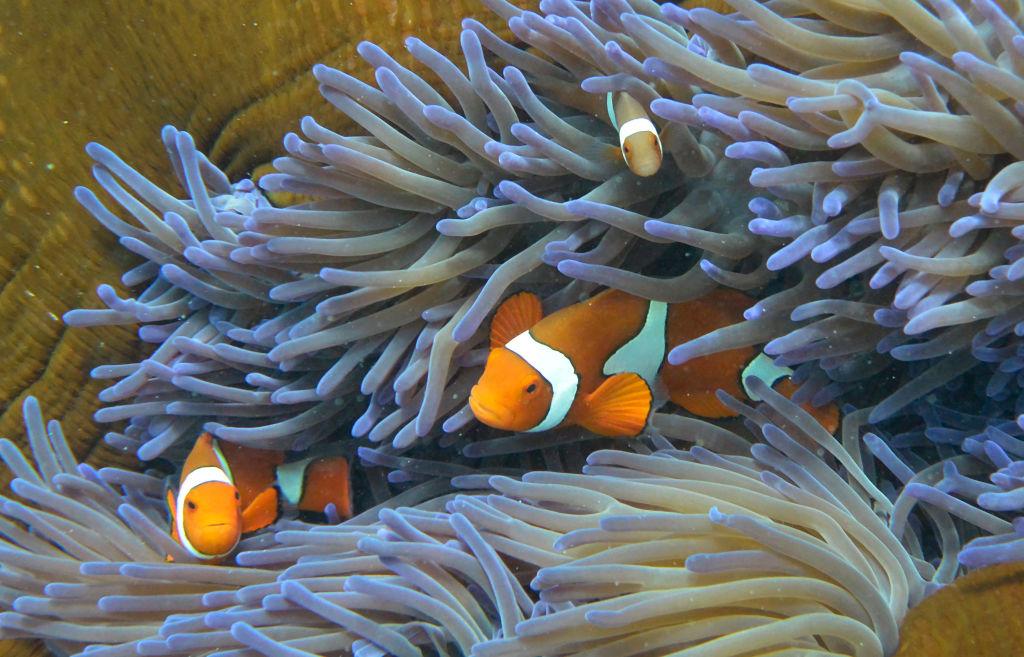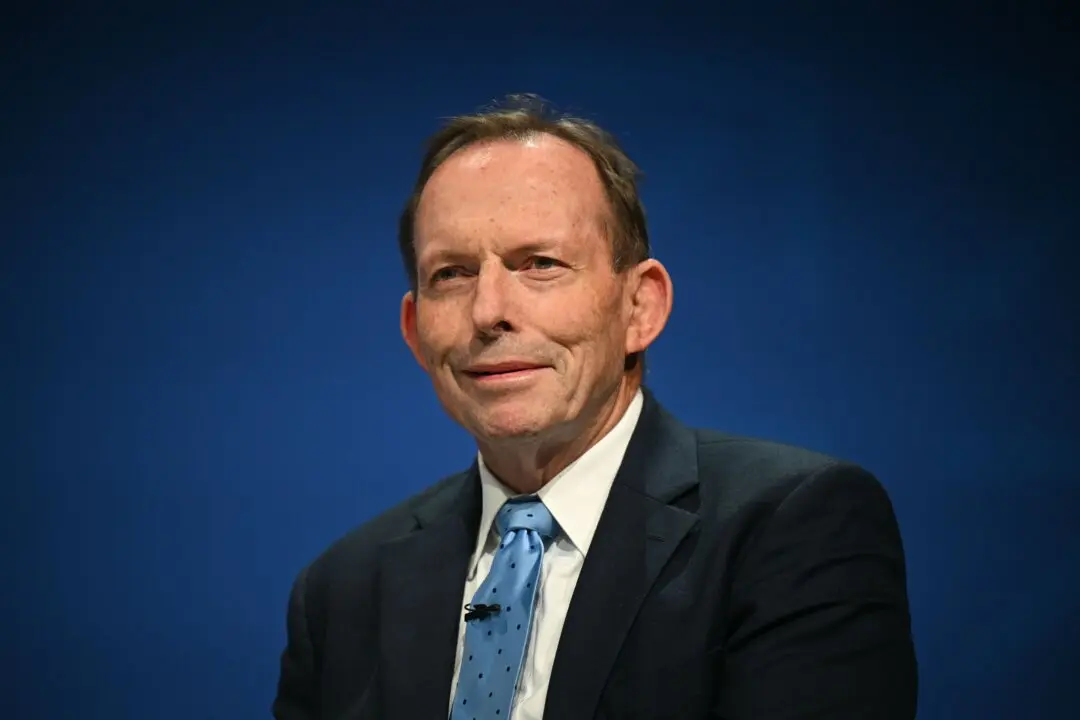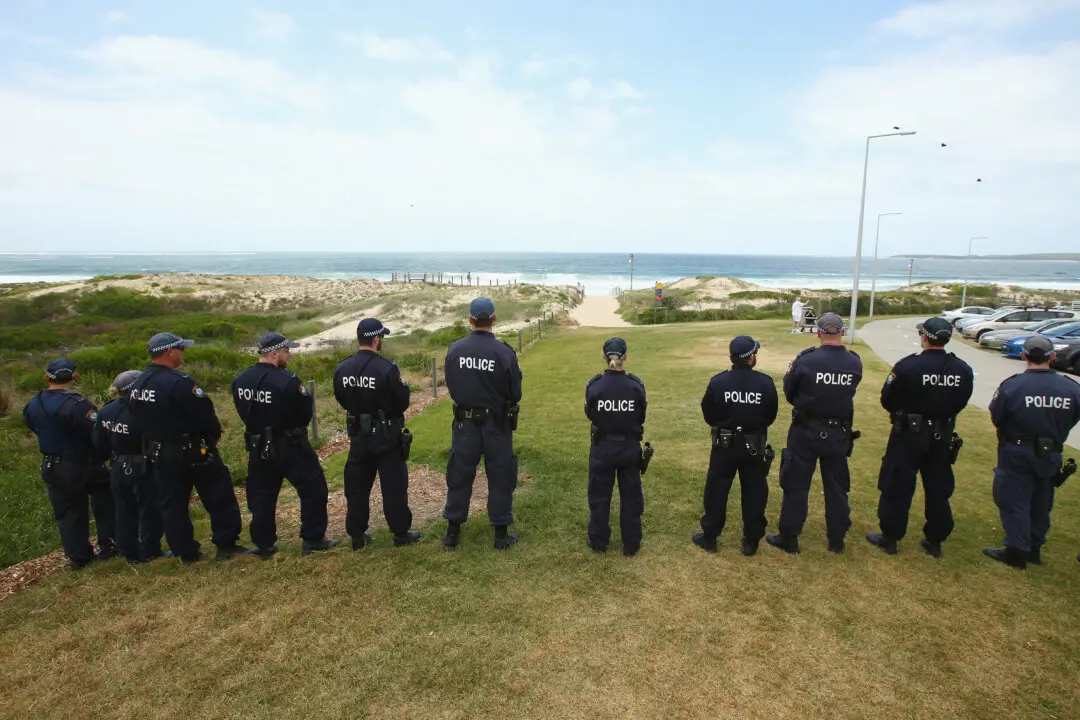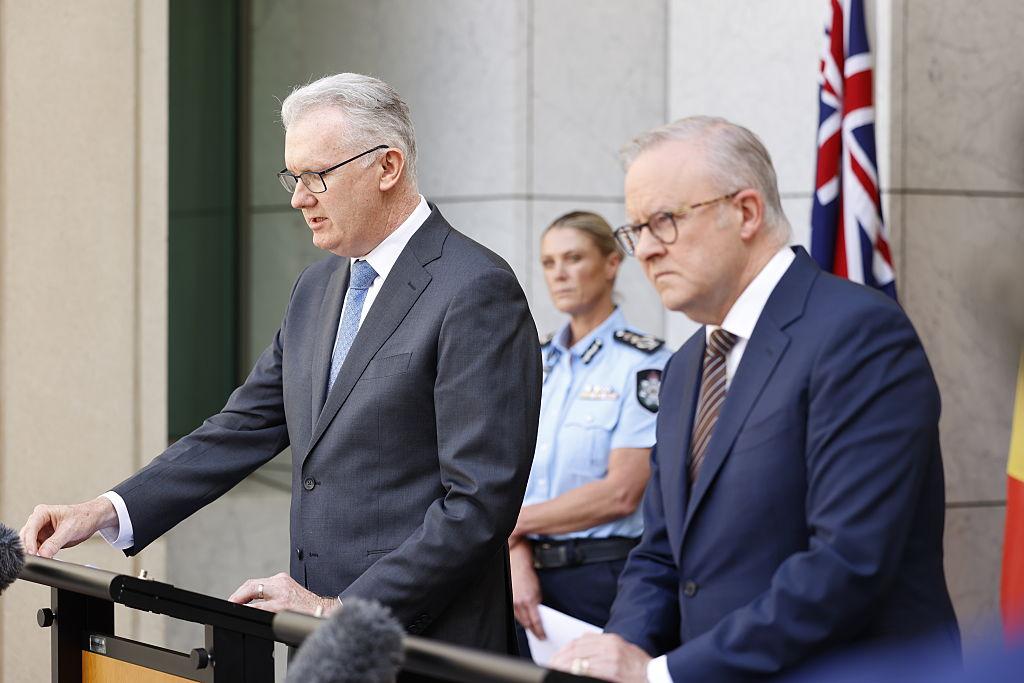The Queensland government has significantly expanded the Great Barrier Reef Marine Park, which protects a large part of the iconic reef, before election season, to enhance the protection of endangered ecosystems and vital habitats, with a total of 140 islands or island parts added to the state’s protected areas estate.
The marine park supports a wide range of uses, including fishing, shipping, recreation, research, and protects the reef from damaging activities.





